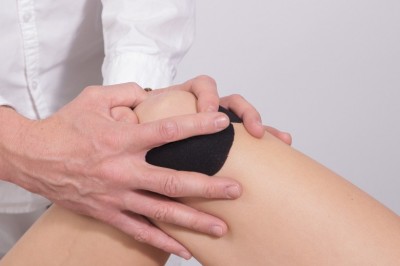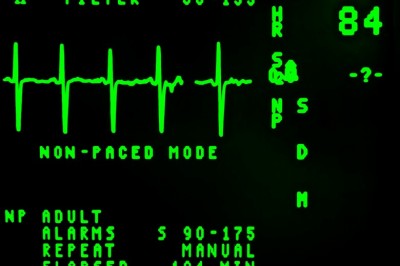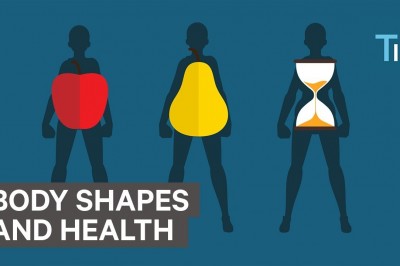Knee pain or Patellofemoral Syndrome (PFS) (Chondromalacia)
What is Patellofemoral Syndrome (PFS)
• Knee pain is one of the most common symptoms experienced by active people. PFS is caused by an irritation of the under surface of the knee cap which in its normal state, is smooth. The irritation can lead to a roughening of the knee cap under the surface.
• The irritation and roughening of the knee cap causes an inflammation which causes pain. Over time this may lead to further degeneration of the knee cap.
• Patients with patellofemoral syndrome have anterior knee pain that typically occurs with activity and often worsens when walking down steps or hills.
• PFS is sometimes triggered by prolonged sitting and can affect one or both knees.
What causes PFS:
1. When the knee cap is not symmetrical and does not slide properly in its groove, this causes an imbalance resulting in wear and tear. An asymmetrical knee cap is called a "jockey cap" patella. This condition can be identified on x-rays.
2. Overuse - especially downhill running
3. Wide hips
4. Knock knees
5. Flat feet
6. High arched foot
7. Rotation of the lower leg
8. Weak inner thigh muscles
9. Previous injury to the knee
Treatment:
Treatment is based on two principles:
1. Reducing inflammation.
• Rest:
When the knee is painful and swollen, you must rest it. Pain is your guide. You are aggravating the condition if you continue activities while experiencing pain. Mild discomfort or ache is not a problem but increased pain is cause for concern.
• Ice:
Apply an ice pack (frozen peas) to your knee for 15 minutes twice daily and after any activity. This reduces inflammation and pain.
2. Improving the dynamics of the leg and knee cap relationship.
• Orthotics / Shoes:
The structure of your foot may alter the knee cap-leg relationship. You may be prescribed specific shoes or orthotics to help your problem.
• Exercise:
Exercises can be used to stretch and strengthen the thigh muscles. These exercises help strengthen the muscles that keep the patella riding in its groove properly . Also, when the thigh muscles are strong, the knee cap will move through the groove with less pressure. Consult your chiropractor to learn more about these exercises.
• Brace/Support:
You may also be prescribed a brace or support. It is designed to help keep the patella in the track or groove.
It is important to remember that there is no quick solution and that many of these treatment protocols, such as muscle strengthening, will take time. Following these conservative measures one can overcome this syndrome and return to a healthy and active lifestyle.
Find out more information about Physiotherapists in Toronto and other foot related problems at www.donmillshealthcare.com,Toronto Health Care Centre offers a wide variety of services chiropractic health care, Toronto orthodontist and physiotherapy etc.























